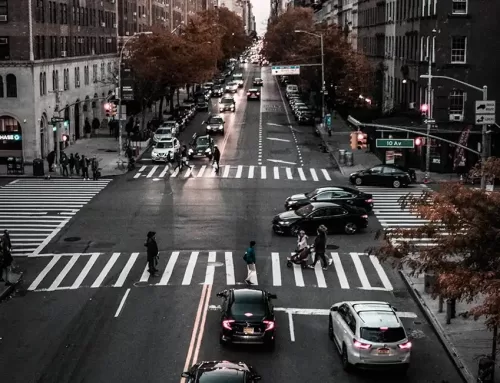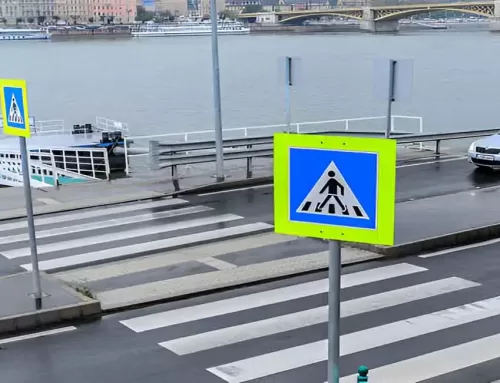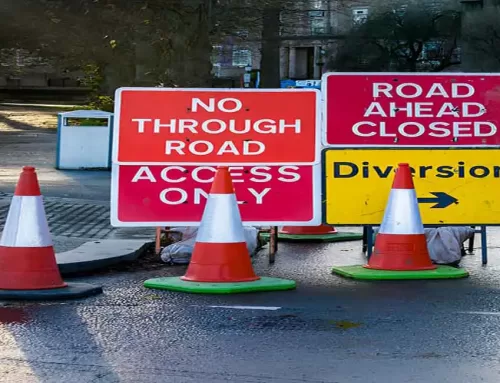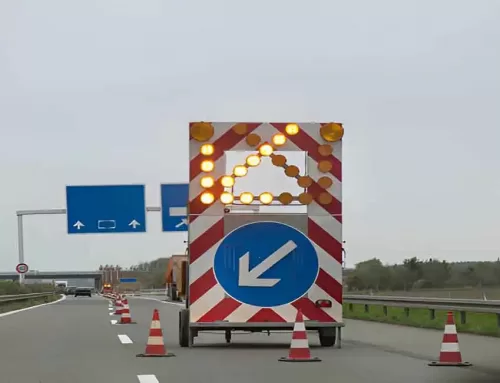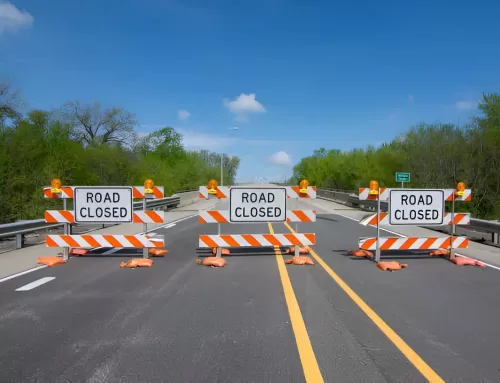Can Traffic Delineators Be Customized to Fit Specific Needs?
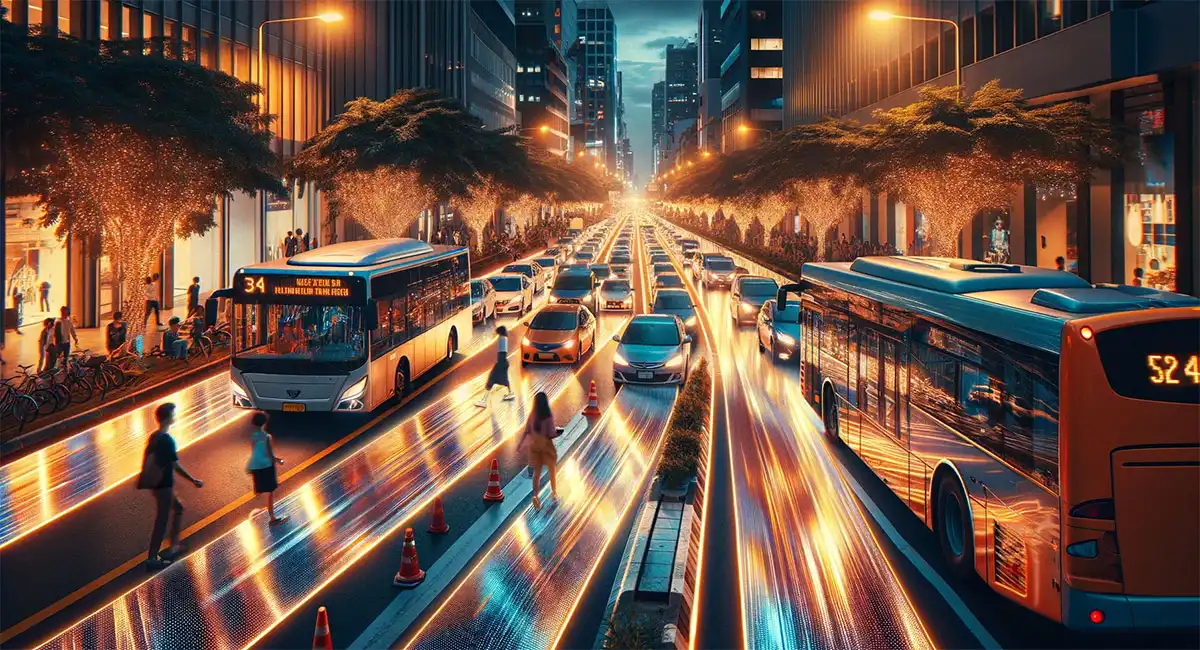
Traffic delineators are commonly used to help drivers navigate lane changes and other road construction zones. They are also a popular solution for warning of speed bumps, water or flood zones, tree trimming and other hazards.
Delineators come in a variety of styles, colors and heights. They are available with or without reflective sheeting.
Customization
Delineators are a necessary tool in traffic safety, helping motorists navigate around construction sites and utility maintenance. They also help drivers find their way when traveling on roads that are narrow or have curves.
They can be used on public roadways, private driveways, and parking lots to mark a lane or area. They are usually yellow, white, or orange in color, with eye-catching reflective tape to attract motorists’ attention and keep them safe from accidents.
Typically, these traffic delineators are made of thin polyethylene. This material is familiar to most people as the kind of plastic used to make milk jugs and laundry detergent bottles. It is extremely durable and can withstand damage from collisions, as well as being highly visible in low-light conditions.
Many traffic delineators have handles on the top, making them easy to move from one location to another. This is especially helpful for road construction projects where the traffic safety equipment needs to be moved as work progresses.
These delineators are often used at intersections to mark where a traffic separator should be located. This helps motorists stay on the correct side of the intersection and avoid accidents.
There are also delineators that can be modified for specific uses. They can be used at highway interchanges to indicate where a lane is reduced or to mark the edge of a ramp. They can also be modified to mark the edge of a bike lane or sidewalk.
The rounded top of these delineators is flattened to support strips of reflective sheeting up to three inches wide, and they can be attached to steel supports with double sided tape. They also have holes that allow them to be mounted on wood or metal guardrails.
Other options for these delineators include weighted bases that stabilize them and secure them in place. They can also be filled with concrete or sand to make them more stable.
These delineators are made of durable materials that can withstand impacts from vehicles, as well as being resistant to environmental elements like freezing temperatures. They are also UV-protected to increase their longevity.
Material
Traffic delineators are often used to guide drivers through hazardous areas like construction, or when the road is undergoing maintenance or has a defect. They can also be placed at intersections and other locations to improve visibility for motorists and pedestrians.
These delineators can be made of a variety of materials and colors. Some are lightweight and portable while others can be installed on top of the roadway for added durability.
They are commonly made of HDPE polyethylene, which is a type of plastic that is used in a wide range of products. Thin versions of this material are typically used to make milk jugs, while thicker version can be found in laundry detergent bottles and traffic safety equipment.
Many traffic delineators have a retro-reflective strip that is designed to be seen at long distances, especially at night and during inclimate weather conditions. These devices can be made in a variety of colors, but they are usually white or orange.
These can be used to mark bike lanes or parking lanes and can help drivers identify where they are parked. They are also used to mark snowy roads and other places where snow is a problem.
Delineators can also be used to guide motorists through lane reduction transitions or dangerous curves. They are typically installed along the side of the road near the lane or lanes reduced for the length of the transition.
They can be installed on the left or right side of the highway, depending on the direction that traffic is coming from. They can also be used on one-way ramps, loops and other one-way facilities.
When installing these delineators, it is important to follow the manufacturer’s guidelines and to install them in the correct way. These guidelines vary by state and municipality, so it is always a good idea to check with your local transportation authority before deciding on the best option for you.
These delineators are designed to be used on the side of the road and can be easily installed for better visibility. They are also designed to be durable and flexible so they can withstand impacts from vehicles. They meet federal MUTCD standards for use on roadways, but individual states and municipalities may have additional requirements.
Color
Traffic delineators are designed to help drivers navigate roadwork, unusual conditions and other hazards. They are used by transportation officials, maintenance crews and landowners to mark areas where a roadway meets a property line or to create a temporary lane for drivers.
They come in various colors, including yellow, red and orange, and are also available with additional features such as a reflective strip for enhanced visibility. They are also sometimes paired with lights to make them easier for drivers to see when they’re driving at night.
Most modern delineators are made of a polyurethane or polyethylene, two tough plastics that resist damage from tearing and puncturing. They are UV-protected, too, making them resistant to weathering and freezing temperatures.
These delineators are a popular choice for traffic control applications because they can be set up quickly and easily and are easy to reshape and redeploy after a vehicle impact. They can be mounted on a post or a base, and they can be accompanied by a variety of signs, warning labels and lights to meet all the necessary regulations.
Customized delineators are also a good way to keep track of roadwork, utility maintenance and other projects that may require temporary road closures. They can be placed in the same locations as traffic cones and barricades, so they can be seen and used in conjunction with them.
When a lane or lanes reduce for any length on a highway, delineators of the appropriate color should be placed in each lane to indicate the reduction. These markers are usually spaced at least three feet apart, but it’s important to check the guidelines for your particular roadway.
Delineators are also commonly used to mark driveways and intersections, or to guide pedestrians in narrow paths. The color of the marker can be customized to suit specific needs, so it’s a good idea to consult the manufacturer before ordering.
Size
When shopping for traffic delineators, it’s important to consider the size that will work best for your project. This will ensure that you don’t overbuy or underbuy the equipment, which can lead to issues down the road.
For example, if you’re planning on using multiple traffic delineators to mark the edges of a parking lot, you’ll need to be sure that they’re all within a certain distance from each other. This will help you keep people safe.
Also, if you’re looking to delineate certain areas of the road, such as curves or other unexpected lane changes, you may need to adjust the spacing accordingly. This will allow you to safely delineate these areas and make them more visible to drivers.
If you’re unsure of how much space to use, it’s important to start by sketching out the area and marking it out on a piece of paper. This way, you can determine exactly how many delineators will be needed and how far apart they’ll be placed.
You can then purchase the appropriate number of delineators and accessories to complete your job. These can include delineator ropes, reflective tape, and more.
Another thing to think about is the color that you’re going to need. These can be made in a variety of colors to match your traffic signage or other design needs.
The most common delineator color is orange, but you can also order yellow and white. You can even order custom delineators that have certain legends or messaging printed on them.
Regardless of the color, be sure to look for delineators that are MUTCD compliant and can be used on both sides of the road. They should also be able to withstand vehicle impacts.
Some delineators also have a handle at the top, making them easy to pick up and transport. This is useful for road construction projects where you’ll need to move the delineators as the work progresses. It’s also possible to attach chains to them to create a more complete barrier for drivers.
